Use your head: Think before you ask questions about a black woman’s hairstyle
Black hair is remarkable: kinks, curls, naps, and braids.
African American girls endure constant comments related to their hair–much of it comes from the speaker not understanding the black hair basics.
***This is PART 2 of a series of stories about the black experience at a suburban Maryland high school. In Part 1, Lancer Media reported on the spark of activism created when the AACC (African American Culture Club) spoke to the staff at a faculty meeting. They described the intentional and unintentional discrimination they had experienced. One area of focus concerns the problem that few white people understand black hair and make hair an uncomforatable issue at school.
Instead of celebrating our beautiful hair, sometimes, we get questions from our peers that are rude and insensitive.
“Weave snatched!” “Are you bald?” “All black people have short hair.” “How long is it?” “Did you cut your hair? [When braids and extensions are removed]” ”Can I touch your hair?”
For the uninformed, this is a quick history lesson and explanation of the most common protective and natural hairstyles that are styled, braided, sewn, and worn today. It will answer the questions you might have wanted to ask.
Here’s a question I get all the time from girls who wear their hair the same: long and straight. “Why do you change your hair all the time?”
Why I change my hair all the time is because I am protecting my natural hair. It’s called a “protective hairstyle.”
According to Thirsty Roots, a blog devoted to black hair care, “The definition of a protective hairstyle is a style that tucks the ends of your hair away from being exposed to damaging agents such as sun, heat, and constant manipulation.”
Some examples of these protective hairstyles include box braids, buns, sew-in weaves, wigs, and more.
Box braids are individual plaits that can be divided into squared (box-like) or triangular shapes. Box braids can vary in length, color and type (natural or synthetic).
Beyonce is known for her beautiful hairstyles, especially her braids. In fact, there is a popular hashtags #beyoncebraids.
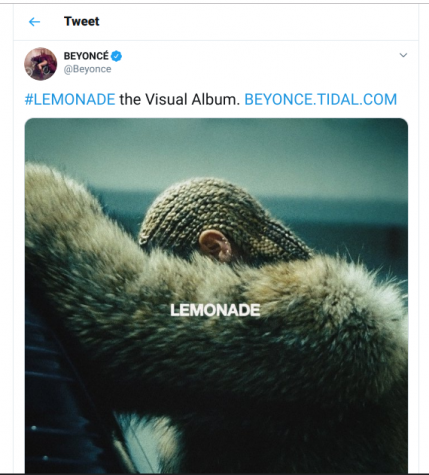
Weaves and sew-ins: weaves are tracks of hair (natural, synthetic, or mixed) that are used to alter one’s hair from short to long and in between.
The protective hairstyle lasts for a while, but they are not meant to be kept in place for a long time. It’s an opportunity to change fashion instead of having the same hair every day.
“What does your hair really look like?”
Let’s break down hair types! Most Caucasian girls have hair that falls into Type 1 (Straight) and Type 2 (Wavy).
While all black hair is beautiful, there is a cruel discrimination between Type 3 hair (curly with ringlets) and Type 4 hair (coily and tightly curled hair).
Like differences in skin tone, a quick look at famous black women will reveal that there is bias in hair types, too.
Type 3 hair has a natural S shape where the hair is naturally curly. MyRevair describes Type 3 hair as “forming ringlets that are naturally defined.”
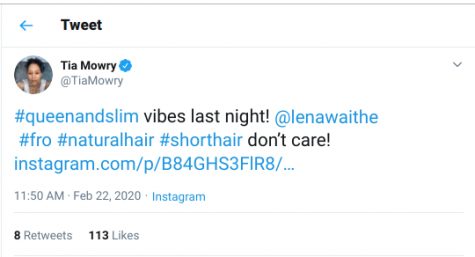
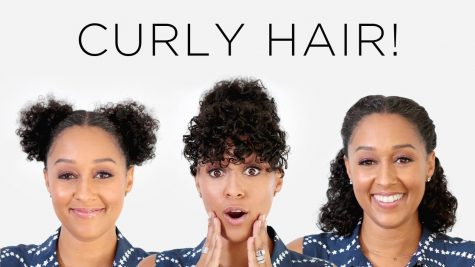
Type 4 hair is the coily and tightly curled hair “without the ringlet form.” Type 4 hair tends to “keep its shape whether wet or dry.”
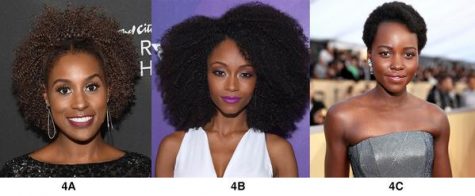
While all black hair is beautiful, for years women of color with looser curls with Type 3 hair have been praised and seen as more beautiful than women of color with tighter curls, coils, and kinks; Type 4 hair.
The looser curl pattern has been seen as the presumed and ideal texture for black women to have. If your hair isn’t Type 3 then your hair is stereotyped as short and ugly when it’s worn naturally. However, the myths behind Type 4 hair being short must come to an END.
“Why do all black people have short hair?”
It’s about shrinkage.

With all curly hair types both Type 3 and Type 4 there is a term called shrinkage.
Shrinkage is the “decrease in length when your hair dries. Not only is it completely normal and a sign of healthy hair; it shows that your hair is properly moisturized and has good elasticity. We cannot change a phenomenon that is a key characteristic feature of curly hair.”
So while some hair might appear shorter and coarser, in reality, when the hair is properly stretched and blow dried, the length will show.
“Are you bald?”
No. Are YOU bald?
The answer is “No.” To be curious about one from another ethnic background or a person who is of a different race (including hair) is one thing. However, there are respectful, as well as knowledgeable, ways to approach that situation.
When a Caucasian woman gets extensions or clip-ins, no one reaches out and touches her hair or questions her about being bald.
In Part 3, I will address the right way and wrong way to talk about hair.
Your donation will support the student journalists of Linganore High School. Your contribution will allow us to purchase camera/recording equipment and software. We hope to raise enough money to re-start a monthly printed issue of our paper.


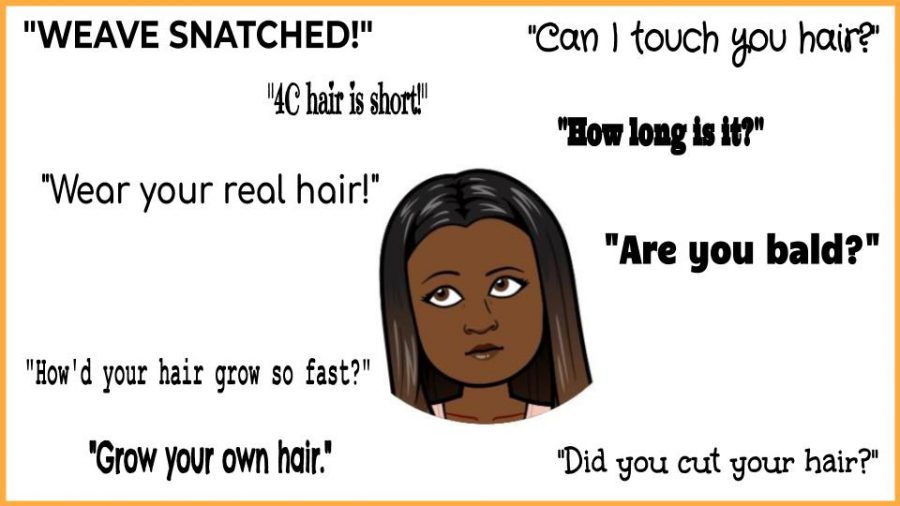






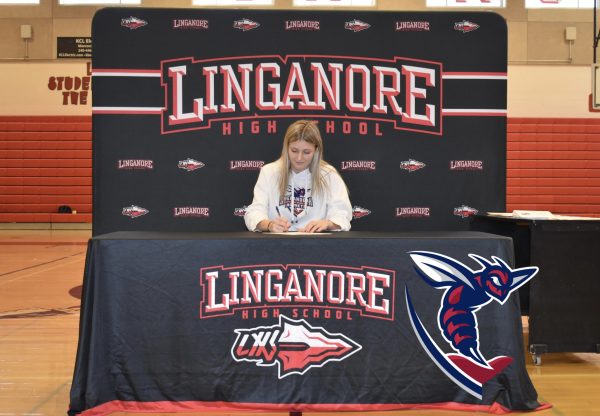
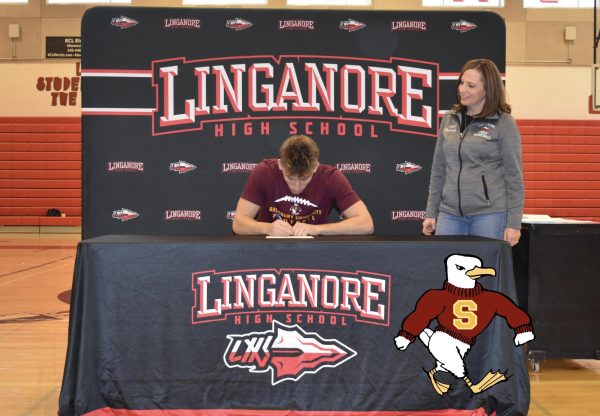


Alexis Johnson • Feb 24, 2021 at 10:57 am
I get bothered all the time about my hair, and honestly I believe it’s because one they are either racist or two they can’t handle my crown. It’s not about craving attention, to me it’s about growing long, healthy hair. My hair has grown so much and so fast from getting protective styles done. The crazy thing is even after I took out the protective style and now have my natural hair going halfway past my back, I’m still questioned as to whether or not my hair is real. They even grab my hair without my permission. So speaking from my own personal experience it all narrows down to racism, bottom line.
Helen Julianov • Nov 18, 2020 at 3:54 pm
While I understand they may be tired of questions my response is that if you have a radically different hair style or color, or both on a daily basis you are inviting attention and curiosity. This is not something that is specific to being black it is anyone who one day has blue hair to her waist and the next shoulder length blond hair. .
Forget the ‘saving my hair’ statement , that is just not a justifiable reason. Plenty of people have a constant hairstyle and do just fine. So my real comment is questions are just a manifestation of the attention you are craving.
C Ron Allen • Nov 16, 2020 at 10:10 am
Community Conversation is a one-hour virtual forum where young people hear from news makers and community leaders about news that impact them. This week’s topic will be the CROWN Act and how black people are discriminated against because of their hair. We would like to invite you to join the discussion. Very informative article you wrote.
The forum is from 7-8 p.m., Friday, Nov. 20.
C. Ron Allen
561-665-0151